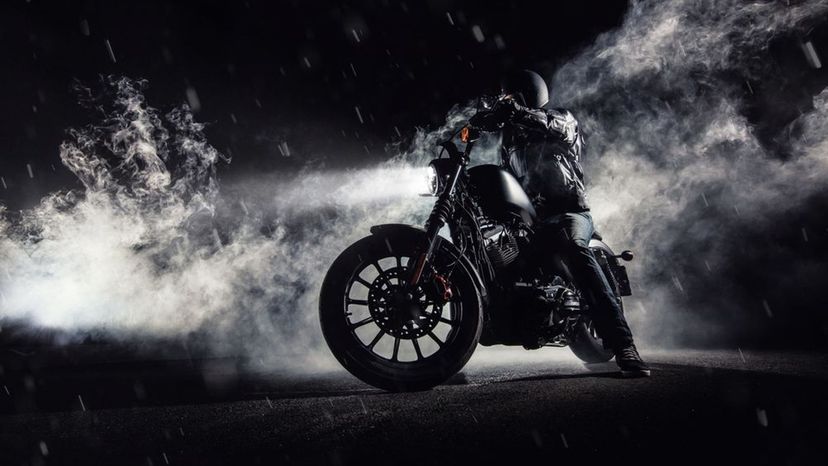
About This Quiz
Were you born to be wild? Do you think real vehicles only have two wheels? Is picking bugs out of your teeth just a part of everyday life? You might be a motorcycle nut.Â
While many people look at motorcycles as dangerous and impractical, plenty of people have fallen in love with them. There's a lot to like, considering motorcycles get excellent fuel economy, are relatively cheap, and often will outperform cars in acceleration. Not only that, there's a rebellious and ruggedly individualistic image associated with anyone who rides a motorcycle.Â
Edward Butler, a British inventor, is credited with coming up with the term "motorcycle." He actually created a three-wheeled motorized vehicle in 1884, so some might take issue with that detail. Since then, motorcycles have evolved from being closely related to bicycles to being increasingly car-like. There are even motorcycles today with advanced safety features, including concepts that balance themselves. Despite these innovations, motorcycle ridership is steadily falling in the United States.Â
Do you have more motorcycle knowledge than your average person? See how many of these little-known facts you know by taking the quiz now!Â
Advertisement
Advertisement
Advertisement
Advertisement
Advertisement
Advertisement
Advertisement
Advertisement
Advertisement
Advertisement